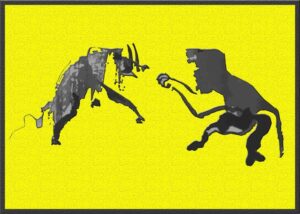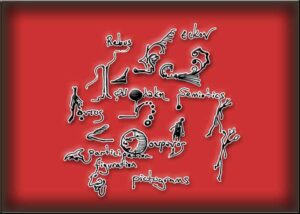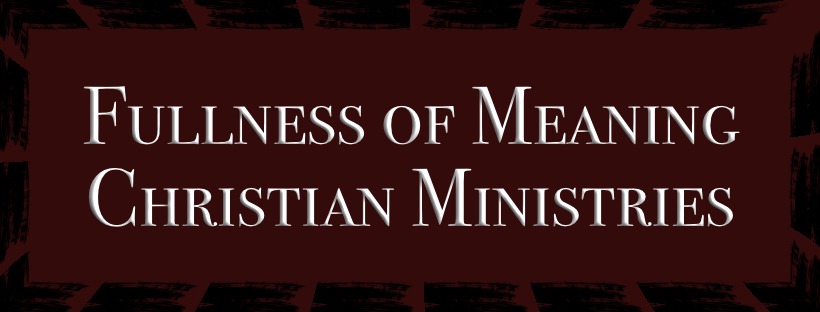“The earliest ideas of Eternity were associated in pictographic form originally. This allowed for ‘pictures’ to be ‘as words’ in the European world, let alone the recipients of the Semitic world. How much of these pictographic societies such as the Early Chinese, Sumerian, Egyptian, Hittite and Dravidian convey the idea of the ‘eternal’? Did these earlier cultures lose their weight in conveying a non-analytical idea of eternal ‘spatiality’ and ‘time’? How distant were these concepts to the Medieval World? Did King James’ translators have a grasp of any of this? Was *eternity* looked at as ‘segmented times’ in the Middle Ages amidst the Jacobian era? I can say a big Nope for all of these. Let’s take a light jab at this word *eternity* from what our ancestors thought. This is only a light dig into a much deeper study that fomcm.com will endeavor. Thank you for listening!”
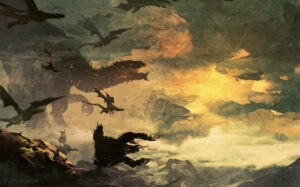
The Dragon Part 3
In this ‘end cap’ lecture I talk about *line versus circle* ideology/ theology. The pagan’s hope is in the attempt, through false hope, of obtaining fame and fortune, i.e., a “NAME” for themselves. The Anglo Saxon language gives us “LOF AND DOME (height and dominion)” <- the “pagan’s hope”. Contrariwise,
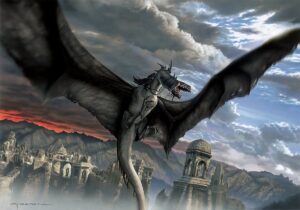
The Dragon Part 2
The Dragon {part 2}. A Biblical perspective. (dry reading from Strong’s and McClintock’s – but, lots of information with some interpolation of my studies). 0:00 0:00 skip_previous play_arrow pause skip_next volume_up volume_down volume_off share description view_headline Nothing found! close Auto scroll close

The Dragon Part 1
“Biblical Parallels with Tolkien’s Works” —“The Dragon, The Ring and its symbology: being Married to something means freedom from something else 0:00 0:00 skip_previous play_arrow pause skip_next volume_up volume_down volume_off share description view_headline Nothing found! close Auto scroll close

Leo, The Reigning Christ_ Aries the Resurrected Christ
Leo, the Lion, has been know since time immemorial. This short lecture sutras its way from and back into the Petroglyphs of the Syunik/ Armenian/Ararat mountains. Leo’s message is one of the Messiah’s return as victorious. Leo, or the Lion, was known as ‘the gate, the DOOR, the way’ from

The Petroglyphs of Syunik Culture (35, 000 B.C.) Proclaims Christ
“The Petroglyphs of Syunik Culture carry the message of the Messiah. They are contain the Dabar (Hebrew: “stone of prophecy, order, law, judgement”), Shem (“speech by which we should order our steps”) and Logos ( {the same as “Shem” and “Dabar” put together and then, personified}) for all cultures to

Psalms 147:4
Psalms 147:4 – “He Telleth the number of the stars; He giveth them all their names” —- / Psalms 19:1 “The Heavens Declare the Glory of God” Study: The Constellational Ram, Aries and its possible earthly Syunik parent, Areg, ca. 35,000 B.C. 0:00 0:00 skip_previous play_arrow pause skip_next volume_up

The Silmarillion. The Genesis of Tolkien’s Fantastic World
“We find in the comparative Narratives of the Bible and of J.R.R. Tolkien parallels between an Objective Theology and a Subjective Theology. Whether or not Tolkien’s Oxford lectures were concerning the primary or secondary world, he made it clear that LOGOS would take hold of either world. The Silmarillion, the

